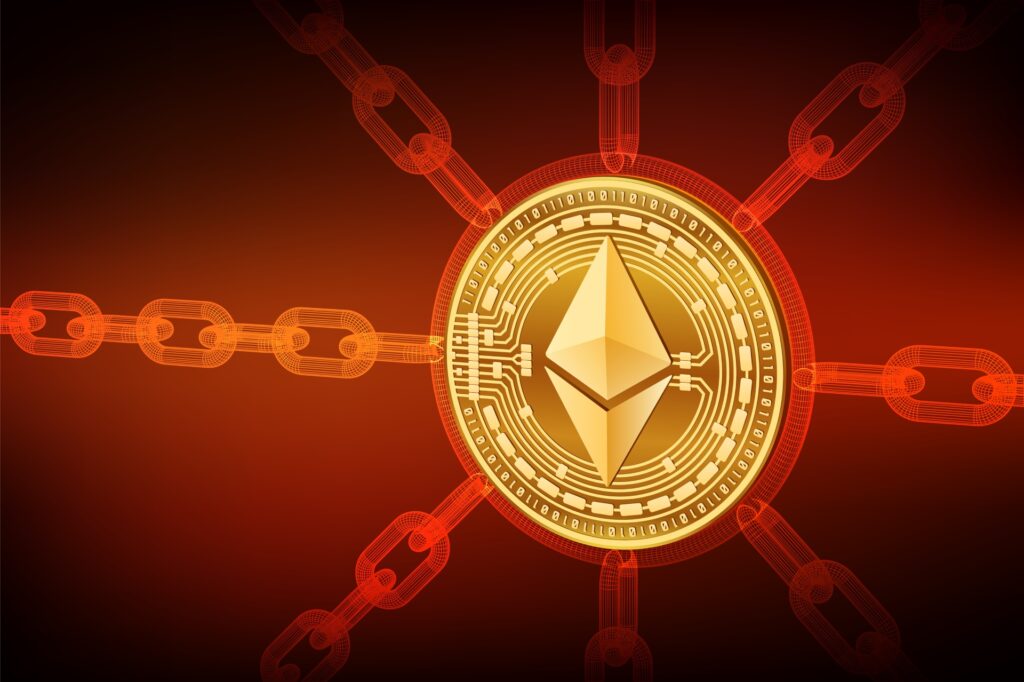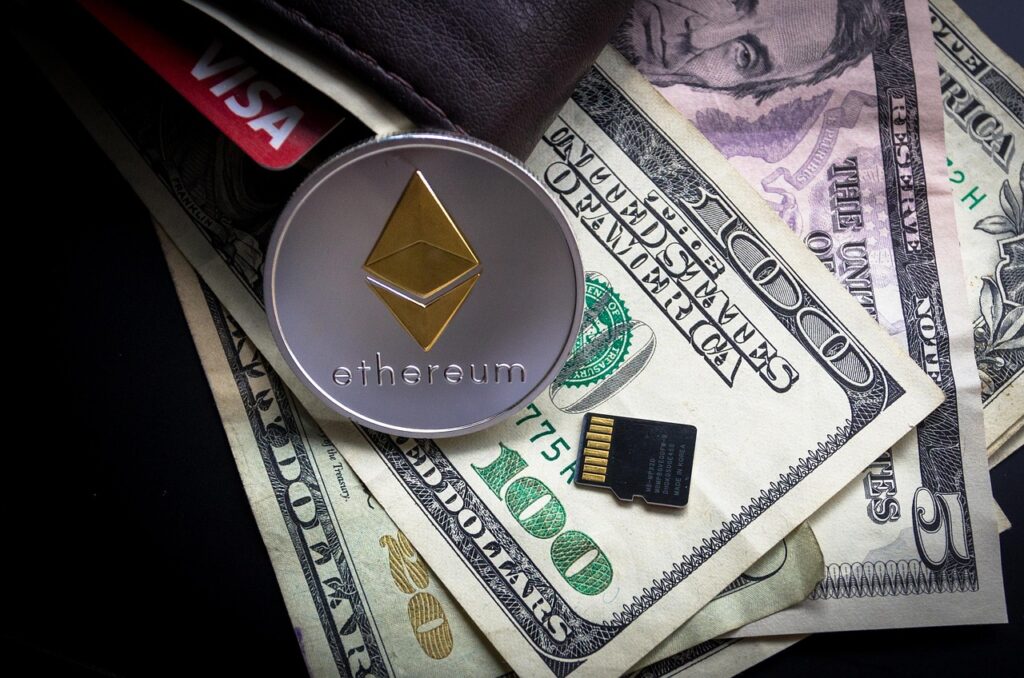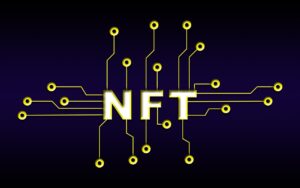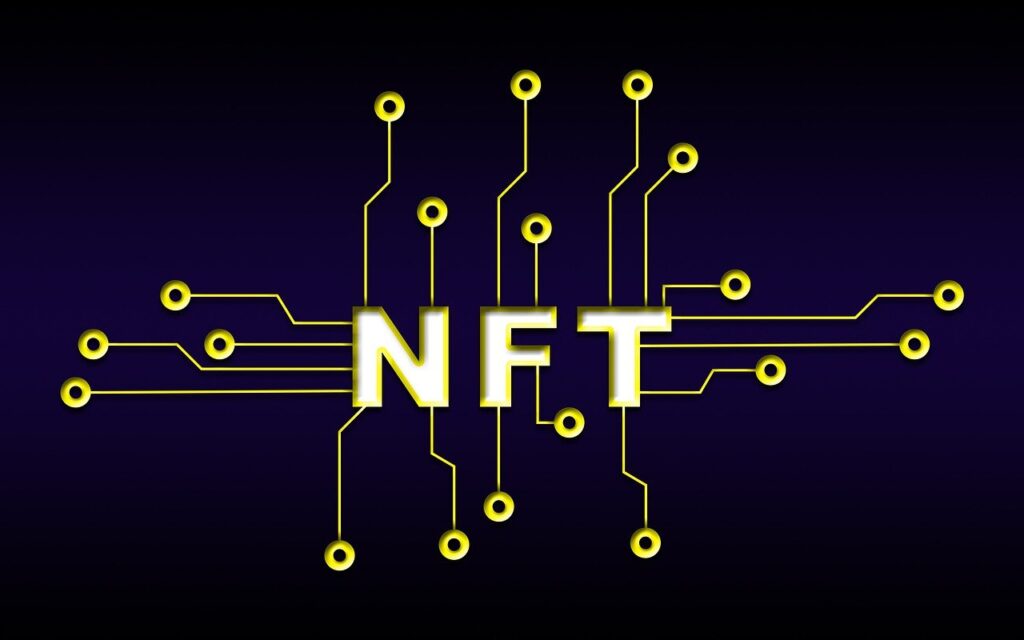Are we exceeding the speed of building a decentralized cosmos? So, herein lot of jargon and theories are involved in the field of blockchains that require rivers of words to explain- interoperability. Cosmos wants to build an interconnected network among blockchains; in other words, it is deemed to be an “Internet of Blockchains,” enabling blockchains to communicate without a hitch.
Table of Contents
- 1 Meet Cosmos: The Internet of Blockchains
- 2 The Foundational Elements of Cosmos Blockchain
- 3 The Latest Tweaks and Updates
- 4 Roadmap with a 2025 Base: The Ambitious Cosmos Roadmap: CoinMarketCap
- 5 ATOM Token Supply and Burn System Overview
- 6 Blockchain Industry Competition: Key Players and Challenges
- 7 Overview of Trading Platforms and Crypto Investment Trends
- 8 Exploring Bitcoin Market Trends Through Technical Analysis Tools
- 9 Bitcoin Price Action: What It Reveals About Market Correlation
- 10 Weekly Technical Analysis: Key Patterns and Signals
- 11 1. General Trend
- 12 2. Major Support/Resistance Level
- 13 3. Patterns and Indicators
- 14 4. Trader Recommendations
- 15 5. Risks Addressed
- 16 Let’s dive into the Calculation of Risk-Inam for the Atom/USDT trade setup
- 17 Chart Pattern:
- 18 Future Trends and Expectations
- 19 Conclusion
Meet Cosmos: The Internet of Blockchains
Founded in 2017 by Jae Kwon and Ethan Buchman, Cosmos was launched to cure the fragmentation issue within blockchains. Traditional blockchains acted in isolation, thereby limiting their capacities and uses. Cosmos introduced a novel concept and technology of allowing differing blockchains to co-exist with each other while maintaining their sovereignty.
The Foundational Elements of Cosmos Blockchain
- Tendermint Core: Tendermint acts as the core of Cosmos; it’s a BFT consensus engine that guarantees fast and correct state-machine replication between all the nodes.
- Cosmos SDK: It is a modular framework allowing developers to write custom blockchains quickly, thereby shortening the time of development.
- Inter-Blockchain Communications (IBC) Protocol: IBC allows for the transfer of arbitrarily complex data and tokens across chains and facilitates smooth interoperability.
The Latest Tweaks and Updates
In October 2022, the Cosmos community produced a whitepaper proposing significant upgrades to the Cosmos Hub, the main chain of the Cosmos Ecosystem. New functionality will improve security, capacity, and usage benefits for the ATOM token. Highlights include implementing Interchain Security and building an Interchain Scheduler and Allocator to facilitate expansion and integration with the Cosmos Network.
Roadmap with a 2025 Base: The Ambitious Cosmos Roadmap: CoinMarketCap
- Higher block speed and better security of the Cosmos Hub.
- Upgrades for the Cosmos SDK for a more simplified developer experience.
- IBC Protocol enhancements for better cross-chain interactions.
- Implementation of an EVM solution connecting Cosmos to Ethereum.
ATOM Token Supply and Burn System Overview
ATOM serves multiple purposes in the Cosmos ecosystem, such as staking, governance, and transaction fees. From inflation control to token appreciation, the community instituted deflationary mechanisms:
- Fee-Burning: Cosmos Hub implemented a fee-burning mechanism similar to EIP-1559 in Ethereum, where base fees on transactions would be burned to reduce the amount of ATOM being circulated. ATOM.
- Slashing: Validators can have their staked ATOM reduced for misbehavior and infractions like double-signing, or going offline for a long time, which adds an economic security layer for the system.
Blockchain Industry Competition: Key Players and Challenges
Cosmos functions in a competitive space with several projects like Polkadot that also focus on blockchain interoperability. Essentially, both systems aim to connect chains; however, they vary in governance and architecture. Polkadot offers up a pretty well-defined unifying security protocol through the Relay Chain and its Parachains. Each chain in Cosmos can connect to the IBC protocol; however, they all have their security.
Overview of Trading Platforms and Crypto Investment Trends
ATOM is represented on some of the best recognizable cryptocurrency exchanges, affording buyers many avenues to trade the token. The most reputable on-list platforms are:
- Binance provides a broad range of trading pairs and excellent liquidity for ATOM trades.
- Coinbase is a simple avenue for novice and experienced traders.
- Kraken offers a great and secure platform with good trading tools.
As platform choice can impact where an investor ultimately decides to trade, considerations should be made for factors such as trading fees and transaction security features. Ultimately, user interface and customer service will help to ensure a smooth and transparent trading experience.
Exploring Bitcoin Market Trends Through Technical Analysis Tools
In the fluid setting of cryptocurrency, Cosmos (ATOM) has established itself in the field of cryptocurrency as an advocate for the ideology of interoperability amongst blockchains. More than the core features of interoperability, ascertaining the influence of ATOM and Bitcoin (BTC), and examining the interpretations from its technical charts can be significant for users and investors alike.
Bitcoin Price Action: What It Reveals About Market Correlation
The relationship between ATOM and BTC has been analysed and found to have several dependencies over distance:
A Moderate Correlation: Historically, ATOM has shown a moderate correlation with Bitcoin, with a median annual correlation of 0.31, which indicates that ATOM’s value is affected on an annual basis by the fluctuation in Bitcoin’s value to maintain its path- The Currency Analytics
Influence during the Market Moves: When a market is in a bullish mode, the jumps of Bitcoin often set the stage for all altcoins, like ATOM, to follow, but when the market moves in a bearish direction due to BTC, it may be possible that ATOM and safe altcoins will move but at a greater loss than BTC- The currency analytics.
Weekly Technical Analysis: Key Patterns and Signals
The price charts at ATOM are reviewed closely to get a sense of events soon.
- Price overview for the day: On April 3, 2025, ATOM traded for $4.32. This represents a slight decrease of 0.92 percent relative to the close. The daily range was established on an intraday high of $4.57 and an intraday low of $4.15.
1. General Trend
- An overall downtrend in effect, with January 2021 being the defining month, so now the descending triangle gets constructed with the construction of the highs.
- ATOM Making Lower Highs and Lower Lows, so considered in Bear Territory.
Through all this, I still see a possibility of reversal close to the previous support.
2. Major Support/Resistance Level
- Buy area: $4.3 close to past supports
- Stop Loss: Below $0.95 as an all-time low.
- First Target for profit: $13.11 as strong resistance on the High price
- Second Target for profit: $17.32, as this has correlated with a breakout from the descending trendline.
3. Patterns and Indicators
- Falling Wedge Pattern: Price structure gives a bearish breakout.
- Other Reversal Indicators: Price action is indicating a double bottom in the making and an uptrend as well.
Breakout: Greater than $8.00 and will accelerate bulls’ momentum.
4. Trader Recommendations
- Buy at $4.3 and stop-loss below 0.95.
- Take profit at Target 1 ($13.11) and Target 2 ($17.32).
- Go Heavy after confirmation of trend reversal.
5. Risks Addressed
- If support at $4.30 doesn’t hold, then it is able to break further down into new lows moving forward.
- A breakout on trendline resistance will create completion on reversal into bullish sentiment.
The chart creates a high-risk, high-reward situation for ATOM into a medium-long-term bullish breakout.
Let’s dive into the Calculation of Risk-Inam for the Atom/USDT trade setup
Here you should know about the business parameters, which are updated at the entry point of $ 2.90:
- ** Entry Cost: ** $ 2.90
- ** Stop Loss (Risk): ** $ 0.951 (This is a low time below)
- ** First target (reward 1): ** $ 13.113
- ** Second Target (Reward 2): ** $ 17.326
Now, break down the calculation of risk-reward for both goals:
Risk: If you enter the business at $ 2.90 and set a stop loss at $ 0.95, you are looking at the risk of $ 1.95 for each unit.
Reward:
- First target: Targeting $ 13.11, can receive a possible payment of $ 10.21 for each unit.
- Second Target: The target for $ 17.32 can bring a reward of $ 14.42 for each unit.
- Risk-Reward Ratio: For the first target, it is about 5.24:1.
- Risk-Reward Ratio: For the second target, it is even better at 7.39 1.
Summary:
- The risk-reward ratio for the first target is strong at 5.24:1.
- The second target provides an excellent risk-reward ratio of 7.40:1.
Now, let’s take a look at the average.
- 50-day EMA: Currently at $ 4.50, it is a temporary resistance level signal.
- 200-day EMA: Sitting at $ 5.20, suggesting the trend of a long-term recession since the price is below this level.
Support and Resistance Level:
- Instant support: Approximately $ 4.00, which is an emotional point and recently a consolidation region.
- Important resistance: $ 4.75, aligns with the 50-day EMA and falls in the previous price.
Chart Pattern:
Descending channel Atom has been trading in a descending channel since the beginning of March 2025. If the atom breaks over the trendline at the top and coincides with a $ 4.75 resistance level, it may indicate the possibility of a rapid reversal.
The relative power index (RSI) is currently at 42, which indicates that the atom is near the oversold zone, which may indicate an increase in the potential value. The current arrangement for the atom provides an important opportunity to make a profit from the risk.
The current situation of ATOM presents a tremendous opportunity for risk profits. Investors will have to weigh the risks against the potential rewards, and we must have risk management strategies to get through the dynamic and volatile cryptocurrency market on time.
Future Trends and Expectations
As Cosmos continues to evolve, and with the considered aim of interoperability, it will remain central to the development of decentralized blockchains. It is focused not just on scalability, but security and user-friendly development software, which should allow it to emerge as a winner in blockchain’s ever-changing reality. To continue to evolve its plan and strategy for evolution, there is a strong chance of acceptance and integration on numerous different blockchain ecosystems.
Conclusion
Cosmos (ATOM) marks an important step forward in the pursuit of interoperability between blockchains. It facilitates seamless communications between different blockchains, it deals with one of the biggest problems in the cryptocurrency world, and as the project continues to grow, it presents opportunities for the development of more interrelated arbitrage for developers, investors, and users alike to promote a more connected and optimal blockchain ecosystem.



















